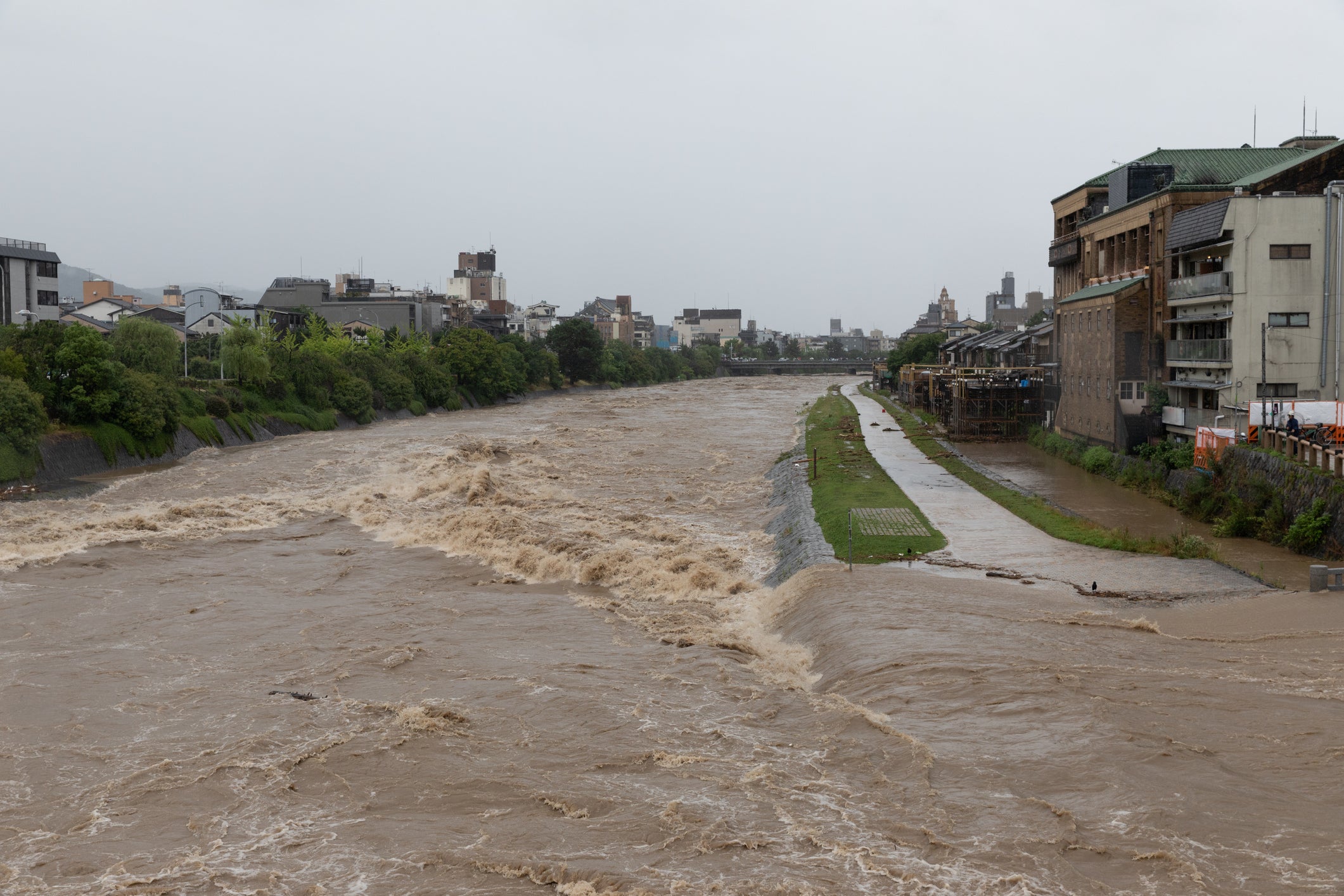Solutions for toilet problems during disasters
table of contents
Introduction1. Problem
Introduction
In the event of a disaster, the living environment may change dramatically, and the use of toilets may be restricted. Therefore, having a proper toilet is very important. Below are some solutions for toilet problems during disasters.
1. Problem
1-1 Hygiene issues
Without toilets, people lose the means to defecate in a suitable place. As a result, excreta can be left in the open or in public places. This can pose a risk of environmental contamination and infectious diseases.
1-2 Risk of infection
Without a toilet, the bacteria and viruses in your faeces can spread to the surrounding environment. This increases the risk of spreading infectious diseases such as diarrhea, food poisoning and viral hepatitis.
1-3 Effects on individual health
In situations where toilets are not available, people may have to endure for long periods of time. This can lead to health problems such as urinary tract infections and constipation.
1-4 Psychological impact
The lack of toilets is a problem that also affects people's privacy and dignity. Restricted access to adequate toilets can increase stress and anxiety.
1-5 Social confusion
In situations where toilets are in short supply, people may compete to defecate. This can lead to confusion, conflict, and disruption of order.
2. Solution
2-1 Use the restroom facilities at the shelter
①Follow the instructions
At the shelter, there are instructions on how to use the restrooms. Follow the instructions of evacuation center staff and related organizations. It is important to follow the instructions on how to use the restrooms, as well as the location and hours of use of the restrooms.
②Cleanliness and Hygiene
As many people use the restroom facilities at evacuation centers, it is important to keep them clean and sanitary. Observe good manners, such as cleaning the sink and the area around the toilet seat after you use it. Also, make sure that there is a hand-washing station and alcohol-based hand sanitizer installed, and wash your hands thoroughly.
③ Stockpile toilet paper
At shelters, toilet paper may be limited. It is important to stockpile enough toilet paper at home before a disaster strikes. Also, try to save toilet paper.
(4) Mitigation of congestion in restrooms
Restrooms at shelters may be crowded. When queuing, it is necessary to keep a distance from other people and to use it smoothly to reduce waiting time. Remember to be considerate and cooperative with others.
⑤ Personal consideration when using the restroom
When using the restroom, you are expected to act quickly. Don't wait too long if other people are waiting. Also, be sure to properly dispose of excrement and act in consideration of hygiene.
2-2 Use of temporary toilets
①Portable toilet
A portable toilet is used as one of the temporary toilets. Portable toilets are easy to move and install and have dedicated tanks for water and waste disposal. After use, follow the instructions and clean with a special disinfectant.
② Shared toilet
Temporary toilets also have shared toilets. Shared toilets have multiple private rooms and are installed in one place. Each private room is equipped with a toilet seat and hand washing area, and you will share the toilet with other people. After use, clean up and prepare the environment for the next person.
③ Restroom usage time and restrictions
Temporary toilets are used by many people, so usage times and restrictions may be set. Please follow the instructions and adhere to the usage time. Also, if there are restrictions on use or waiting times, cooperation and consideration with other people is required.
④ Hygiene management around toilets
Users of temporary toilets must also consider hygiene management around the toilet. After use, wash your hands with a dedicated disinfectant or at a hand washing station. Also, be careful not to leave garbage or dirt around the toilet and cooperate with maintenance.
⑤ Personal consideration when using the restroom
When using temporary toilets, it is important to be considerate of other users. If there is a waiting line, keep your turn. Act fast to save time. Also, be sure to properly dispose of excrement and act in consideration of hygiene.
2-3 Preparing personal portable toilets
①Selecting a portable toilet
Consider durability, stability, portability, cleanliness, etc. when choosing a personal portable toilet. There are various types of portable toilets, including camping toilets and emergency portable toilets. Choose the one that best suits your purpose and expected usage.
② Prepare toilet supplies
When using a portable toilet, it is convenient to prepare the following toilet supplies.
Toilet Paper : Prepare enough toilet paper. Individually wrapped items are hygienic.
Sanitizers : Prepare alcohol-based sanitizers and wipes for hand sanitizing and toilet cleaning.
Rubber gloves : Get rubber gloves to protect your hands when using and cleaning the restroom.
Garbage bag : Prepare a garbage bag to dispose of used toilet paper and other waste.
(3) Installation and placement during use
When using a portable toilet, place it on a flat, stable surface. Use caution on slippery or sloping ground as it may not be safe to use. Also, place it at an appropriate distance from other people to ensure privacy.
④Cleaning and processing after use
After using the toilet, clean it with disinfectant or detergent. Dispose of toilet paper and waste by wrapping it in appropriate garbage bags. To keep the area around the restroom clean, seal the used garbage bag and dispose of it in the proper place.
⑤ Carrying and storing
A personal portable toilet is a very convenient portable item. When not in use or in storage, keep the toilet body and toilet supplies clean and store them in a special case or bag. We recommend that you keep it in a convenient location in case you need it.
2-4 Alternatives as First Aid
① Use of temporary toilets
Temporary toilets may be installed at evacuation centers and designated facilities in the event of a disaster. These toilets are equipped with basic sanitary facilities, toilet paper and a hand-washing station. Follow the instructions of evacuation center staff and related organizations to use temporary toilets.
② Use of public restrooms and facilities
In the event of a disaster, you may be able to use local public toilets, commercial facilities, and toilets at stations. Information about the locations and hours of availability of local toilet facilities can be obtained from local information and shelter staff.
(3) Countermeasures in the field
If toilet facilities are not available due to a field emergency or camping, you can try the following methods.
Go back to nature : Choose a place where people don't go and dig a hole about 15-20 centimeters deep . After using the toilet, put soil in the hole and let it return to nature.
Portable toilets : The personal portable toilets mentioned above can be used to solve outdoor toilet needs.
④Utilization of stockpiles
In the event of a disaster or emergency, you can use stockpiled items such as toilet paper and tissue paper. Emergency food and emergency kits may also include sanitary items, so make use of these if necessary.
2-5 Importance of hand washing with water and soap
① Removal of bacteria and viruses
Hands touch many surfaces in everyday life. It may also contain pathogens. Handwashing removes bacteria and viruses from your hands and reduces the risk of infection. It is especially effective in preventing infectious diseases such as the common cold, gastroenteritis, and pneumonia.
(2) Preventing the spread of pathogens
Hands can carry infectious disease agents and spread them to others. For example, touching your hands after coughing or sneezing puts pathogens on your hands and puts you at risk of infecting others. Handwashing prevents this and helps stop the spread of infection.
③ Ensuring food safety
Hand washing is especially important before and after food preparation and eating. Bacteria and viruses attached to food enter the body through hands, increasing the risk of food poisoning and gastroenteritis. Proper hand washing ensures food safety and contributes to the prevention of food poisoning.
④ Maintenance of personal health and hygiene
Handwashing is also important for maintaining your own health and hygiene. Regular hand washing removes dirt, sweat, and oil from your hands and keeps them clean. Clean hands promote skin health and help reduce the risk of infections and skin problems.
It is important to follow these steps when washing your hands:
Wet your hands with water.
Take an appropriate amount of soap and lather it well.
Thoroughly wash the surface of your hands, between your fingers, under your nails, and even your wrists (at least 20 seconds).
Rinse thoroughly, including fingertips and wrists, to remove soap completely.
Dry your hands with a clean towel or paper towel.
After using the towels, wash the towels as needed.
Handwashing is a routine behavior that should be practiced in daily life, especially to prevent the spread of pathogens. Follow proper handwashing frequency and procedures, and wash your hands regularly to stay healthy and help prevent infections.
summary
Securing toilets in an emergency
In the event of a disaster, there is a high possibility that toilet facilities will be damaged or become unusable, so it is necessary to secure toilets in an emergency. We will install mobile toilets and temporary toilets at evacuation centers and disaster-stricken areas to resolve the shortage of toilets.
Improvement of disaster prevention awareness
In preparation for disasters, we conduct enlightenment activities to raise awareness of disaster prevention among local residents. Communicate the importance of toilet problems and sanitary conditions, and encourage actions to prepare for disasters.
Distribution of sanitation kits
Sanitation kits will be distributed to evacuation centers and affected areas. Sanitation kits include toilet paper, hand sanitizer, wet wipes, disposable urine pads, etc., and can be used temporarily when toilets are in short supply.
Earthquake resistance of toilet facilities
In order to minimize damage to toilet facilities due to disasters such as earthquakes, we will make toilet facilities earthquake resistant. By strengthening the structure of buildings and toilets and improving their earthquake resistance, we will reduce damage in the event of a disaster.
Dissemination of toilet facilities
We will disseminate toilet facilities that can be used even in the event of a disaster at local public and commercial facilities. In the event of a disaster, we will reduce the shortage of toilets by making it possible to use not only evacuation centers but also facilities around the disaster area.
Proper toilet management
We will also conduct regular inspections, maintenance, and cleaning of toilet facilities on a daily basis, and carry out appropriate management. It is important to maintain the sanitary conditions of toilets and to restore them quickly in the event of a disaster.
By comprehensively implementing the above measures, you can minimize toilet problems in the event of a disaster and secure an appropriate toilet environment, so let's start from where you can!








